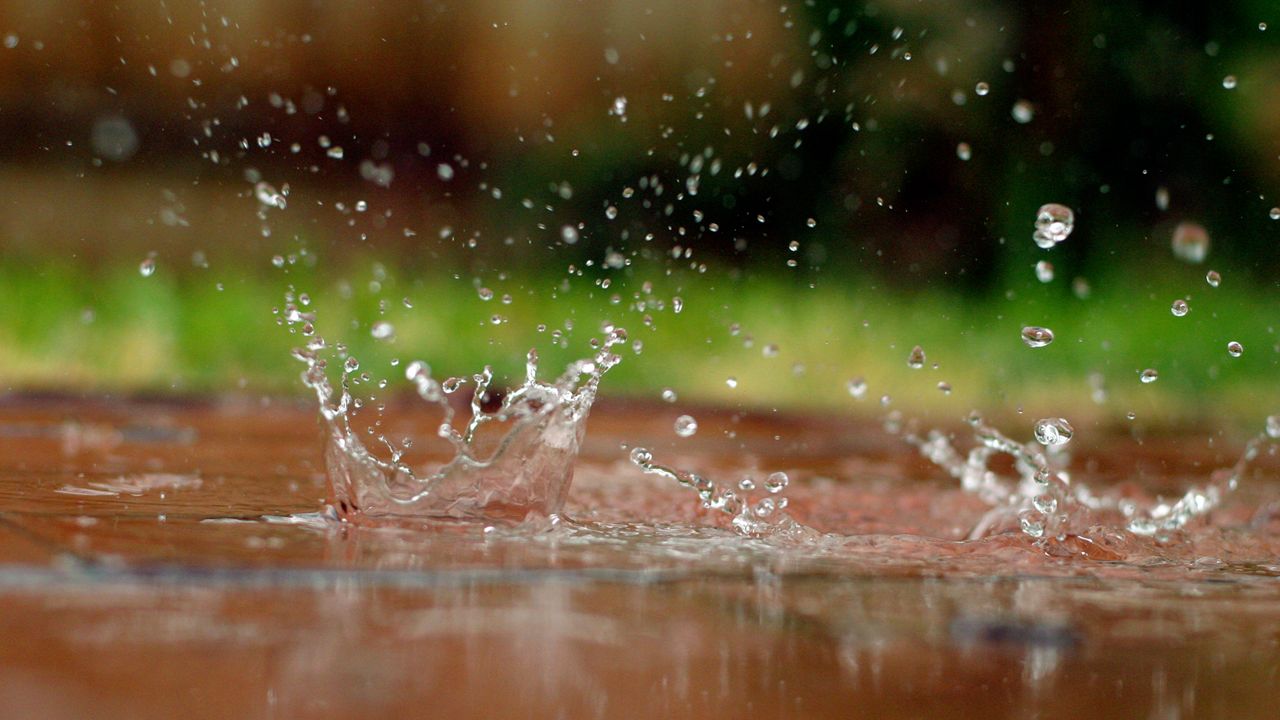SANTA MONICA, Calif. — As yet another atmospheric river descends on Southern California this week, Santa Monica is prepared. Since November, the city has been using a first-of-its-kind water recycling facility to capture rain and store it underground for future use.
“Instead of this water flowing into the ocean, we’re taking that back and keeping it locally to replenish water supplies,” Santa Monica water resources manager Sunny Wang told Spectrum News 1, as he stood atop the stealthy infrastructure that makes it possible: a parking lot.
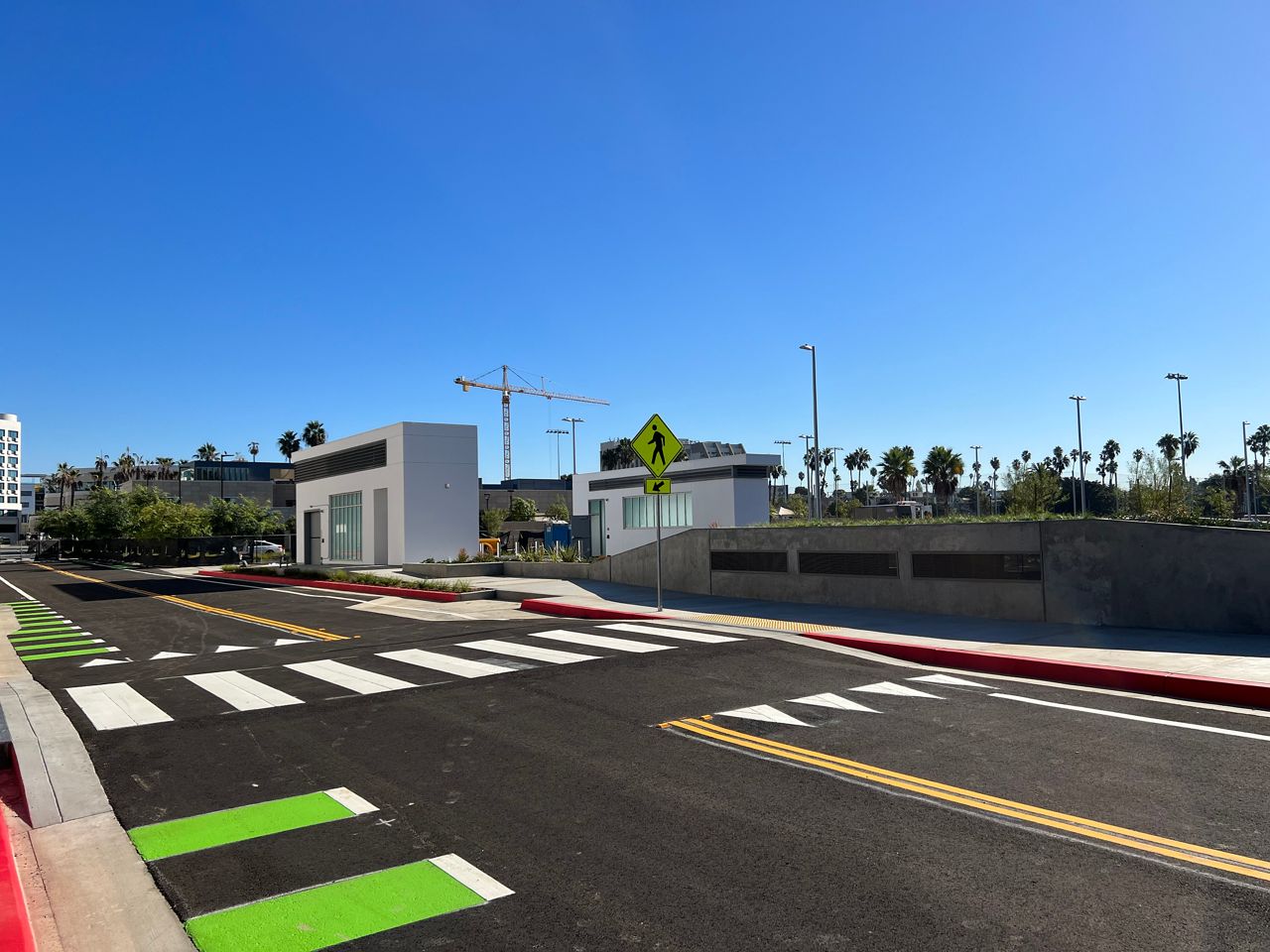
Fifty feet below the sprawling concrete next to the Santa Monica Courthouse on Main Street, there is a 1.5-million-gallon stormwater harvesting tank. Right next to it: a one-million-gallon-per-day advanced water treatment facility where the city’s Sustainable Water Infrastructure Project, or SWIP, takes stormwater, urban runoff and municipal wastewater and purifies it for potable reuse.
Designed to reduce the oceanside city’s reliance on imported water, the recycled water can be used for irrigation, toilet flushing in buildings that have dual plumbing and to recharge groundwater aquifers.
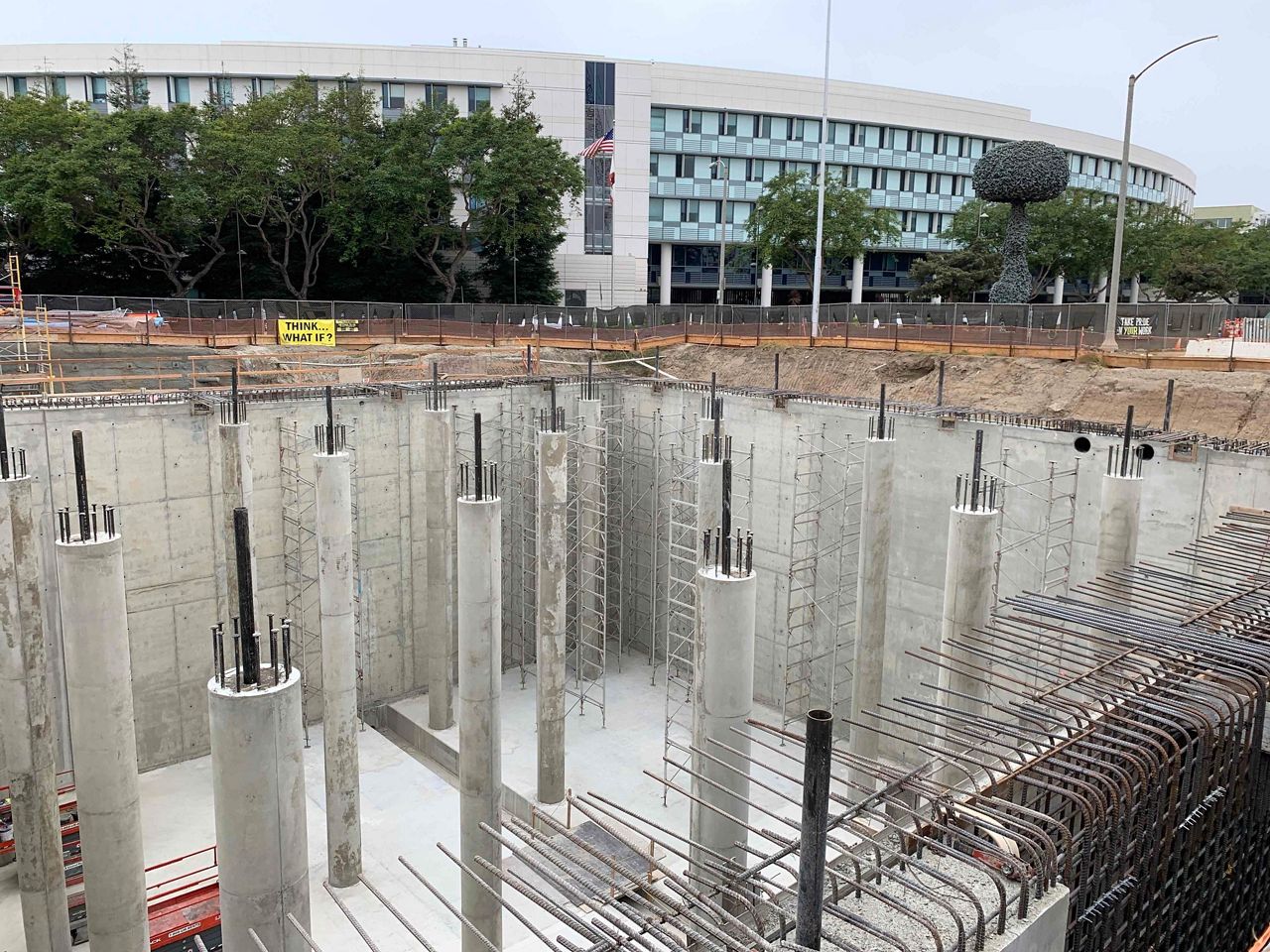
“We joke that it’s a $96 million parking lot,” Wang said of the project, which was funded with $75 million from the California Clean Water State Revolving Fund, $8.77 million in bonds from a voter-approved Proposition 1 stormwater grant and $7.5 million from Measure W, which Los Angeles County voters approved in 2018.
The measure taxes property owners 2.5 cents per square foot of impermeable surface area and uses the funds to increase water supplies from local sources.
Before this winter, rain that fell on the city was whisked into the Santa Monica Bay through the Pico-Kenter storm drain near Shutters on the Beach Hotel, Wang said. Now, as part of a separate project completed five years ago, that stormwater is captured in a 1.6-million-gallon tank under the Santa Monica Pier parking lot and recycled through the SWIP. The system is the first in the state of California to treat stormwater and inject it directly into the groundwater basin to recharge local supplies.
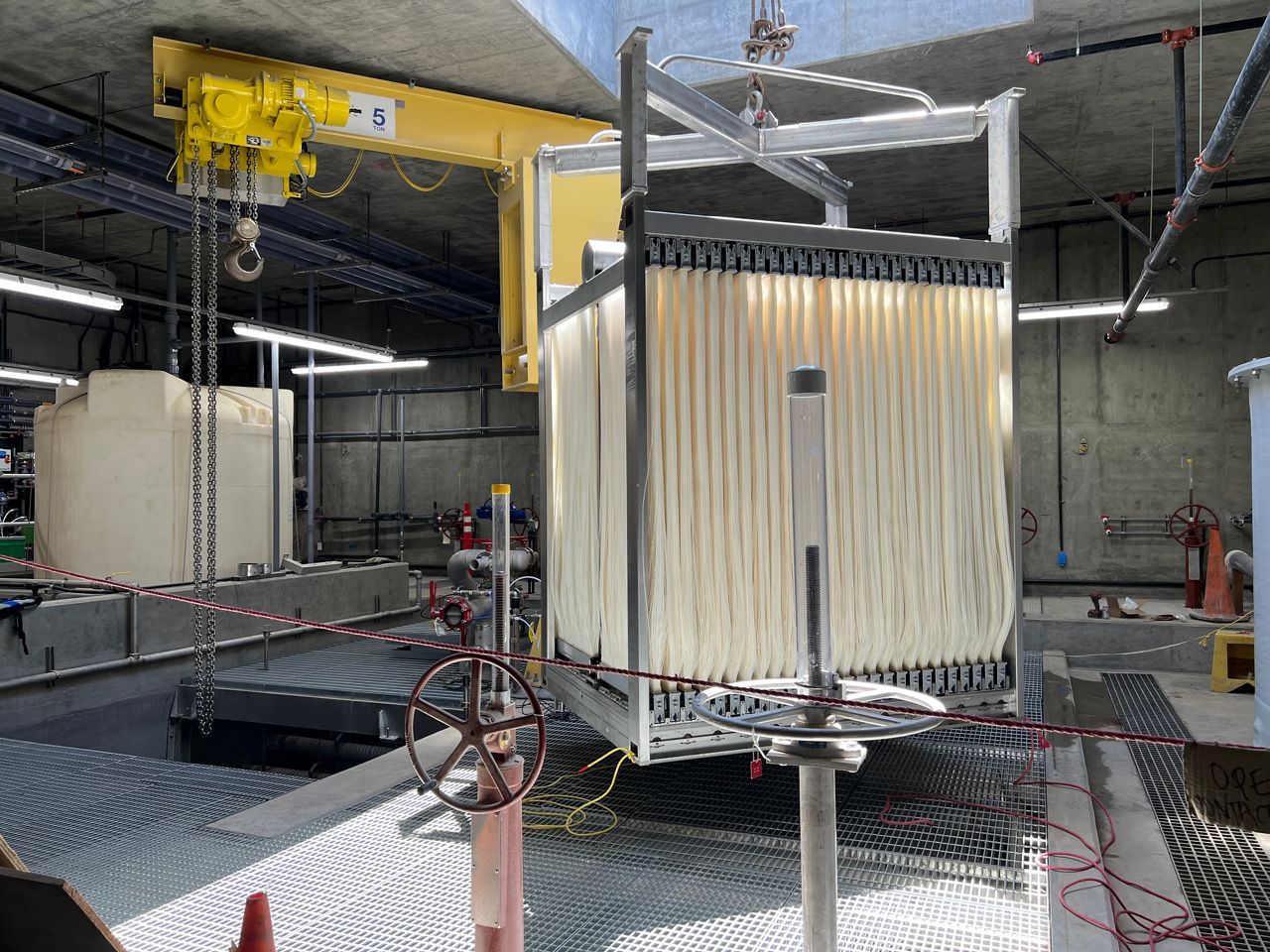
“We look at this as a model for other utilities that are considering similar projects,” Wang said.
As the state weathered public outcry last month about billions of gallons of stormwater being washed away to the ocean when it could instead be used to alleviate the drought, California Environmental Protection Agency Secretary Yana Garcia visited the SWIP, which the state helped to fund as a model for future projects. Last week, the SWIP also received the National Water Reuse Association’s transformational innovation award.
Santa Monica’s sustainable water project has been in the works for more than a decade, following a 2011 City Council directive to look into the feasibility of providing all of the city’s water supplies locally. Local water is a catchall phrase for rainwater, stormwater, recycled water, urban runoff and salty, brackish groundwater that could be recycled and reused.
Santa Monica currently derives almost 60-70% of its water from local groundwater naturally recharged from rain that falls into the Santa Monica mountains. It supplements the rest with imported water from Northern California and the Colorado River.
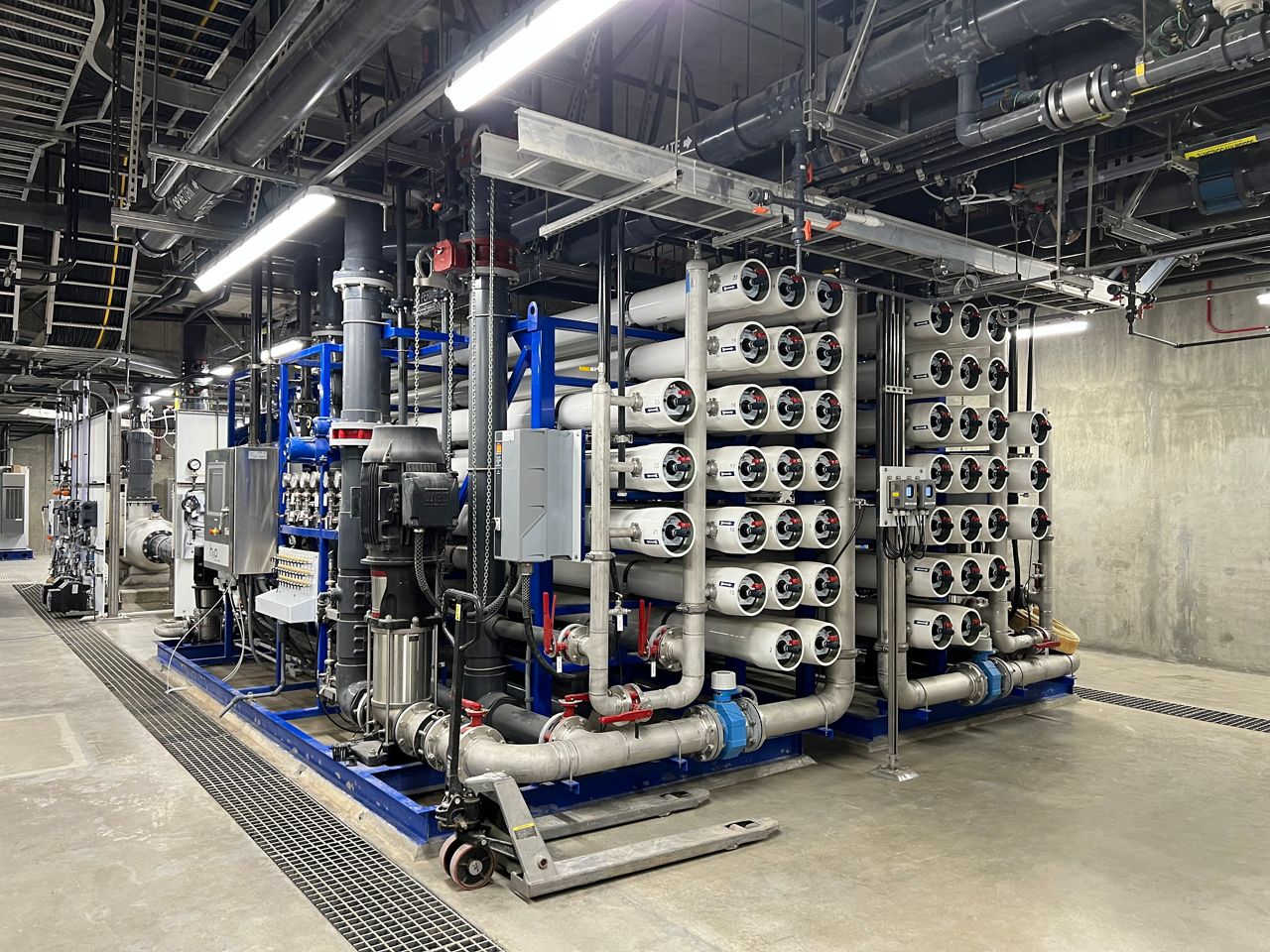
The City Council directive led to Santa Monica’s first Sustainable Water Master Plan in 2014, and an updated version in 2018 that outlined all the projects the city is currently constructing to achieve 85 to 90% water self-sufficiency before the end of this year.
“People are fighting over who gets what out of the Colorado River right now, so every gallon we could save here frees up water for another community in Southern California that is solely dependent on the State Water Project,” Wang said. “By Santa Monica freeing up those resources, we’re helping the region as well.”
Santa Monica is roughly eight square miles and has a population of 93,000, but its daily population swells to eight or 10 times that size because of tourism. To meet those peak demands, Santa Monica has four large storage reservoirs for drinking water that total about 40 million gallons.
To eke out even more water from its existing supply, Santa Monica is upgrading its Arcadia water treatment plant. The facility currently uses reverse osmosis to purify the water, which produces eight gallons of clean water and two gallons of unusable brine concentrate for every ten gallons that it processes. Santa Monica will soon become the first municipality in the country to use a new technology called "flow reversal reverse osmosis" to recover an additional 10% of purified water.
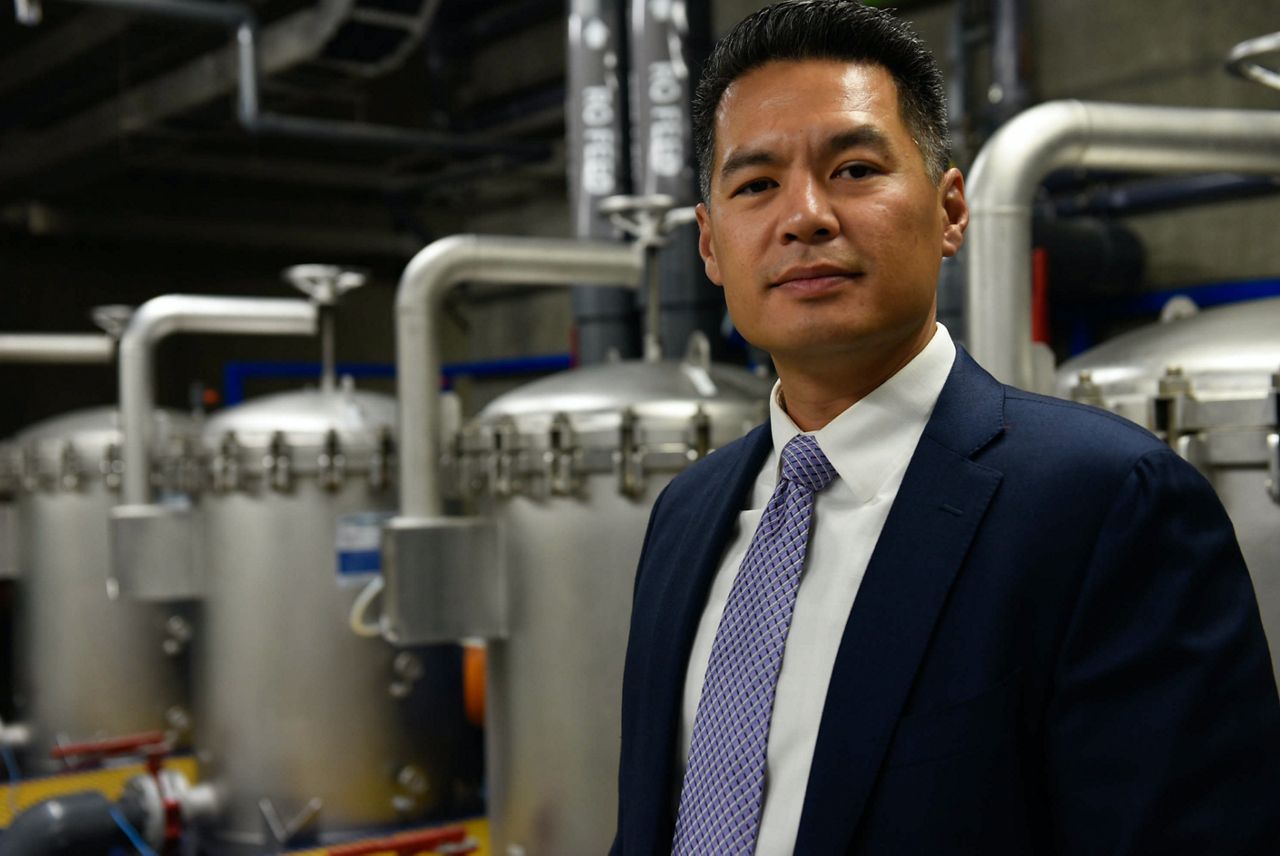
“This city isn’t afraid to be an innovator,” Wang said, “to be trying a new technology and make sure it’s safe.”
Santa Monica is currently testing the new flow reversal technology and plans to implement it at full scale by the end of the year.
In addition to capturing stormwater, the SWIP also treats raw wastewater to exceed drinking water standards. The system is capable of providing as much as 1,600 acre-feet of purified water per year, or about 10% of the total water supply.



